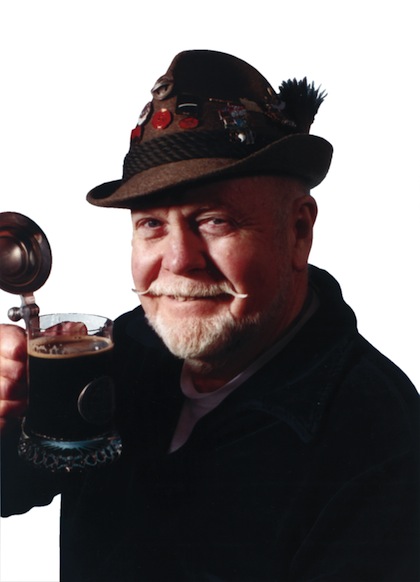Sometimes it is good to examine a success story and see what really happened. This is just one such story.
Steam beer reached its full potential in the 1970s as the first great "American" style in the new, mostly ale-producing, craft beer era.

Even as the great lager beer revolution of the mid to late 19th century flowered here and in Europe, a minor movement took place in a parallel vein in California.
California steam beer is the beer style bridge between the 19th and 20th centuries, between the lager revolution and the ale movement that preceded it.
Steam beer, introduced in the last half of the 19th century, was at that time a minor hybrid style, an outgrowth of the lager revolution. Oddly, steam beer, the last great American style of that era, actually reached its full potential in the 1970s as the first great “American” style in the new, mostly ale-producing, craft beer era. The grandfather beer to our beloved microbrew revolution.
A Little History, If You Please
Steam beer was first brewed in about 1851, a little after the California gold rush started. It is very close to being an ale: warm fermented, but with bottom-working (lager) yeast instead of the usual top-working (ale) yeast normal for that beverage.
Lager beer, a child of cooler climes, was necessarily fermented and aged at cold temperatures, often in caves and deep cellars, kept cool by ice blocks harvested in local lakes.
Mid-19th-century California, at gold rush times, with its influx of immigrants, many from central Europe, was a budding market for the new mellow lager beer. Unfortunately, California simply didn’t get cold enough for a lager ferment.
Warm ferment was the only answer. The newly devised system called for an initial ferment in large shallow pans called clarifiers. The beer was then transferred to closed casks, where it was kraeusened in the German (lager) style, rather than primed in the English (ale) fashion. Priming is the addition of sugar syrup to the finished beer. That causes a new ferment resulting in a small increase in alcohol content and carbonation of the finished beer. German immigrant brewers felt obligated, even in this new country that had adopted them, to follow the ancient 1516 Bavarian Reinheitsgebot purity law. Sugar was verboten, so a small volume of kraeusen (new fermenting beer) was added to the casks before bunging (closing) and delivery.
This additional ferment gave the product a rich, creamy head, especially so, because the beer was served warmer and therefore under much heavier pressure (carbonation). Actually, it was about the same pressure as is found in a good bottle of French champagne, some four times the pressure of beer served today. When the beer keg was tapped, there was often a loud hiss. Folks came to call this beer “steam” beer, perhaps for that very reason.
The production of steam beer flourished, and by the end of the 19th century, there were over 100 steam beer breweries in California, with others in Oregon, Washington, Idaho, and as far east as Wisconsin. Some of these so-called steam brewers might have labeled themselves “steam” from the fact that they used pasteurization, called “steaming” in those days. At one time, 27 steam beer breweries operated in San Francisco alone, but the number declined, as did the popularity of the product. By the time of Prohibition in 1920, only seven remained.









